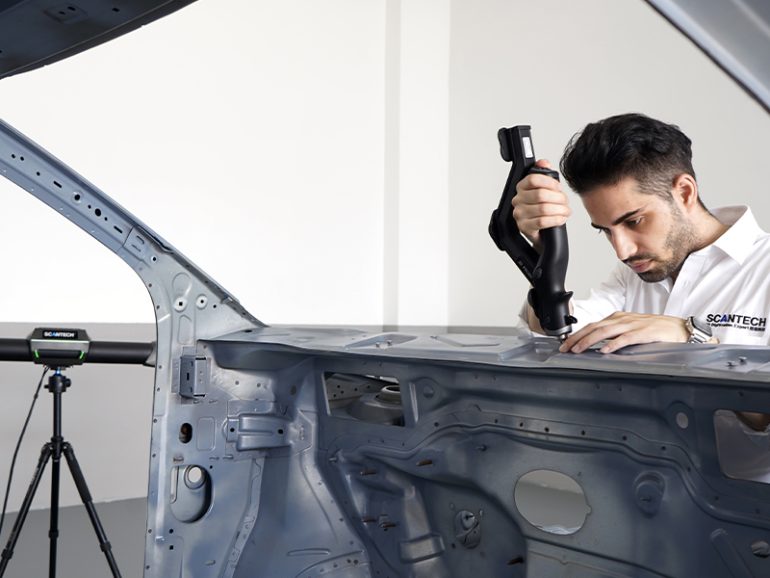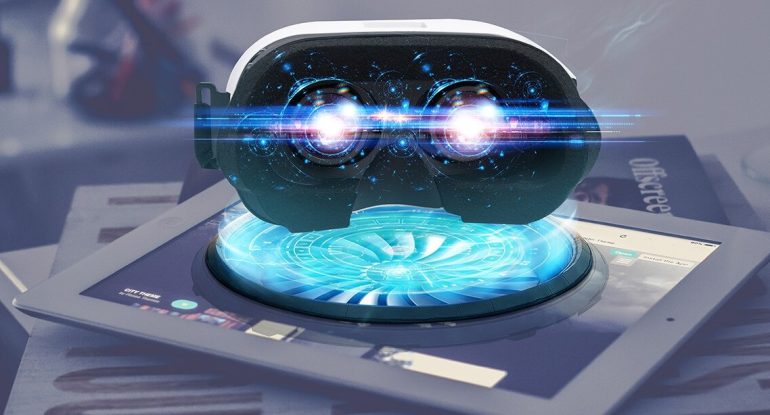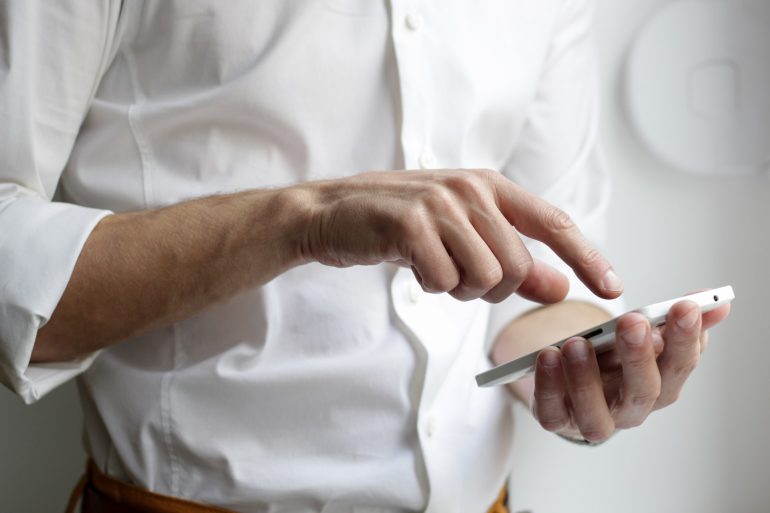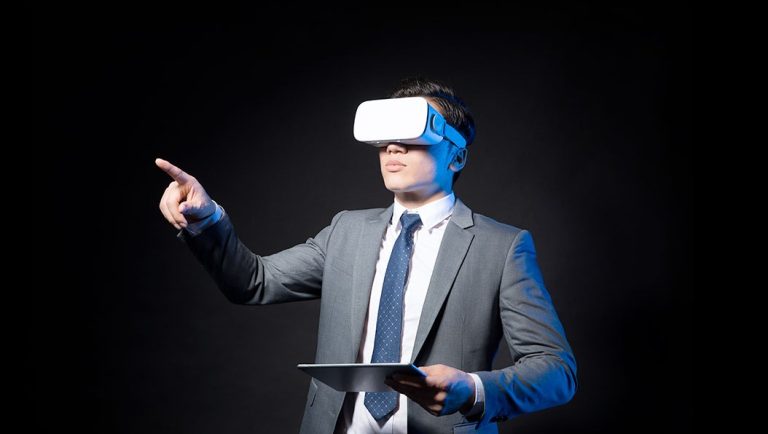Believe it or not, 3D scanning using your smartphone is completely achievable in 2024! You can make quality 3D recordings from the comfort of your home – no professional equipment is necessary!
Of course, like everything else, 3D scanning requires some preparation and setup, especially if it’s your first time attempting it.
In this short, beginner-friendly guide, we’ll tell you everything you need to know about 3D scanning something with your phone to help you set it up properly.
So, without any further ado, let’s get right into it!
You’ll need a 3D scanning app

In most cases, you won’t be able to make a 3D recording without a specialized application that handles it. Your default camera simply doesn’t have those features. Luckily for you, there are a plethora of 3D scanning apps for both iOs and Android you can download at their respective app stores (many of which are free!).
Whatever you do, make sure you choose a quality application for your 3D scanning purposes. Not all of them can provide you with the quality you need – so choose carefully! Read up on their reviews and ratings, and if you’re going for a paid app, don’t forget to test the free trial version first.
Again, there are many different 3D scanner applications to pick from. Doing your research is of the utmost importance, especially if you’re concerned about the quality of your scans. If you’re not sure where to start, we suggest you Google a couple of reviews (based on your OS) before you make your choice. Most of these can be incredibly helpful, and it will only take you a couple of minutes to read through them.
You’ll need a rotating object
Recording something in three dimensions requires you to capture a 360° scan of it, which is easier said than done. The best way to go about it is by utilizing a rotating object of any kind – a fidget spinner, old office chair, or whatever you can find (that rotates!). Balancing the object should be easy, but if you’re serious about 3D scanning, perhaps you should consider investing in a rotating display table/stand. These can be found on Amazon for as low as 20 USD! They’ll make the entire process so much easier, so if you’re planning on making 3D scans frequently, don’t hesitate to get one for yourself!
Again, if you don’t want to spend any money on your 3D scanning setup – there are always ways you can DIY it. The scan probably won’t look as smooth as you’d want to, but you can still achieve decent results if you try hard enough.
Either way, you’ll need a rotating display of a sort to get your items 3D scanned. We recommend purchasing a rotating stand for the best results.
Let there be light!

As advanced as they’re getting, mobile phone cameras still have their weaknesses. They don’t operate well in the dark or under dim artificial lighting. So, to make your scans as clear as possible, make sure the object you’re scanning is well lit at all times. We recommend using natural lighting whenever possible, especially if you have an older phone that doesn’t have a very powerful camera.
As noted at 3d-scantech.com, even though natural light allows for the best results, it may surprise you that sunny weather is usually a no-go. It casts too many shadows, so you’re better off doing it when the sky is cloudy.
Of course, if you’re in a hurry, and you can’t wait until the weather gets as you want it to be, you can use artificial lighting as well. Just make sure every side of the object is lit up evenly.
Either way, proper lighting is key to making high-quality scans. Without it, your scan will probably end up looking a bit uneven.
Maintain the same height and distance from the object while you circle around it
Maintaining the same height and distance while scanning the object is key to getting a quality 3D scan. Otherwise, your recording will look incredibly awkward. You don’t want it to end up looking uneven, so stay focused on maintaining the same distance (and height) from the object while scanning.
A good way to do this is by drawing a circle around your rotating table and keeping your posture consistent throughout the scanning process. This will take some practice, but it’s not unachievable, especially if you’re used to recording with your phone. Once you get the technique right, you’ll be able to 3D scan almost everything, so it’s well worth your time and effort!
Of course, you can always seek assistance from your friends or family members who have a steady hand if you’re not able to do it alone.
Can you 3D scan yourself with your phone?

Yes, you can. The same rules we’ve mentioned before still apply – the only difference being that someone else needs to do the actual scanning. You’ll still need to sit on a rotating chair, be properly illuminated, and use an adequate scanning app. Make sure you don’t forget to scan the top of your head, especially if you’re going to use the 3D scan of yourself later on (you’re not just doing it for fun). Otherwise, you’ll have a hole on top of your head, which is a giant no-no!
So, yes, 3D scanning yourself using your smartphone is perfectly viable. You’ll need someone to help you with it, but other than that, the process remains the same.
The bottom line
All in all, most smartphones can handle 3D scanning if you know how to go about it.
You’ll need a quality scanning application, decent lighting, and some practice to do it properly. Additionally, if you’re trying to scan yourself, you’ll need someone else to assist you with it – you won’t be able to do it by yourself.
Either way, we hope you found our article to be useful and we wish you the best of luck in all of your future endeavors.

